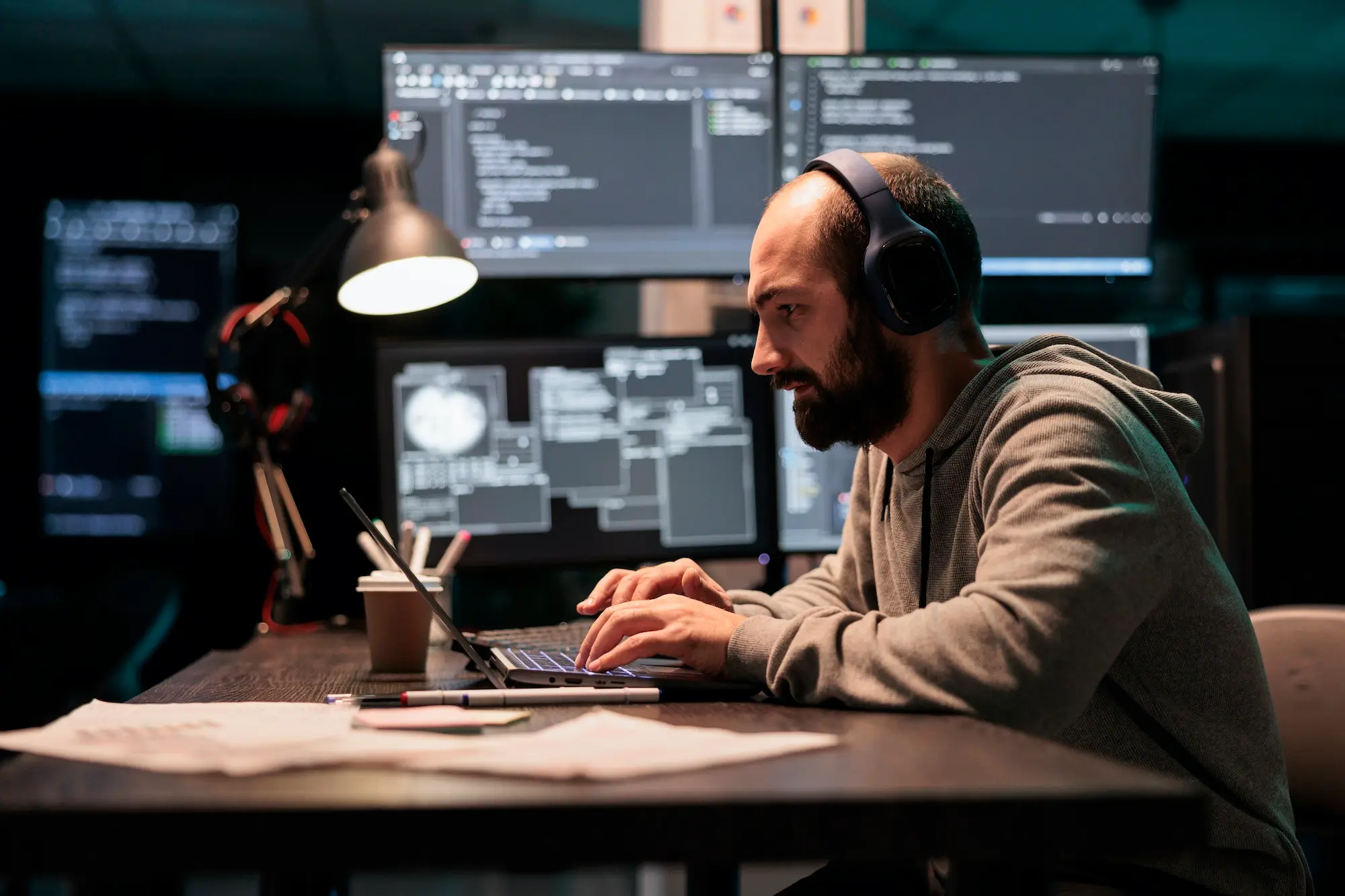
Unbeknownst to a lot of people there are big strides made in places that people often take for granted, let’s take a basic example, how many people truly understand what is going on when they quickly just “Google” something?
Underlying the phrase there is a vast, ever-expanding lake of information that’s constantly being topped up by everyday actions people are taking, this information needs to be filtered through to find your cat pictures or even the song you’ve had stuck in your head but cannot remember the name to. Ever since the internet was established the whole point of it was to make information readily available, to create a place to share and collaborate.
The pace that information flows into this lake is rapidly increasing with the complexity of information that people are attempting to search also becoming more complex. They say a picture speaks a thousand words, similarly, a picture is multiple megabytes and one megabyte is worth 500 pages, imagine the complexity being searching over the internet with a picture as a reference.
The prevailing trend among the youth these days is the use of applications that allow them to connect through visuals, such as TikTok, Instagram, Snapchat, and Facebook. This requires more focus on Visual Search algorithms. Search engine optimization (SEO) is making massive strides and Google is leading the charge, throughout 2022 there was a large increase in the frequency of updates coming to Google’s SEO, some of which came in the form of using more visuals in searches.
Staying on the trend of visuals becoming more influential in modern times, we have everything from image recognition and generation algorithms useful in our day to day, making it possible to copy text out of an image that you snapped on your phone. To have machines beating artists in art competitions?
Image recognition uses various algorithms for anything from Optical Character Recognition (OCR) the useful feature mentioned above to being able to determine your age when provided a photo of you. Optical character recognition uses a combination of Otsu’s algorithm and the Hough transform method to determine characters in images with a certain accuracy, building on this the accuracy for the current method could be improved, or a whole new algorithm that is more efficient can be derived. On the other hand, image generation algorithms vary once again with different algorithms being implemented, one example being a trained artificial neural network, a circuit composed of artificial neurons or nodes. This simulates the human brain’s ability to recognize the underlying relationships between sets of data by using a series of algorithms.
The methods above can be thought of as being complete, however, there’s always room for improvement, and discoveries in algorithm development allow for the optimization of various pieces of functionality used in our day-to-day that may seem unrelated.
More recently with quantum computing the need for the development of new algorithms to take advantage of the unique ability to act as a massively parallel device allows for an exponentially large number of computations taking place at the same time. This unique attribute allows for previously unattainable levels of concurrent processing in algorithms, which could lead to incredibly performant applications for data processing and have some concerning implications for security if the technology becomes easily accessible.
To curb this issue which is fortunately well known, there will be a push to develop countermeasures before the wide adoption of quantum computing. New methods of encryption will need to be investigated or alternative ways of securing data may be required.
With Artificial Intelligence being all the buzz, it’s not surprising to see that the trend over 2022 with no sign of slowing down is a large push to advance AI algorithm development. The prediction is that this will continue in 2023, with a trend of organizations across the globe adopting AI at a much larger scale than before.
Artificial intelligence is misunderstood and while there is a place for it, to the majority of people it just sounds impressive and thus it’s mostly being used as a marketing term. A vast majority of organizations are attempting to utilize this marketing strategy, however, when investigating implementations the data requirements and applications thereof do not align with the expectations.
This also continues with the rise of Web 3.0 which has an impact on algorithm development that aims to integrate ML (Machine Learning) and AI (Artificial Intelligence) to improve user experience, there will be a push to develop these algorithms for the new platform, this, however, will be implemented by the larger companies that have the flow of information required to reach these goals, as web browsing is so integral to our day to day.

